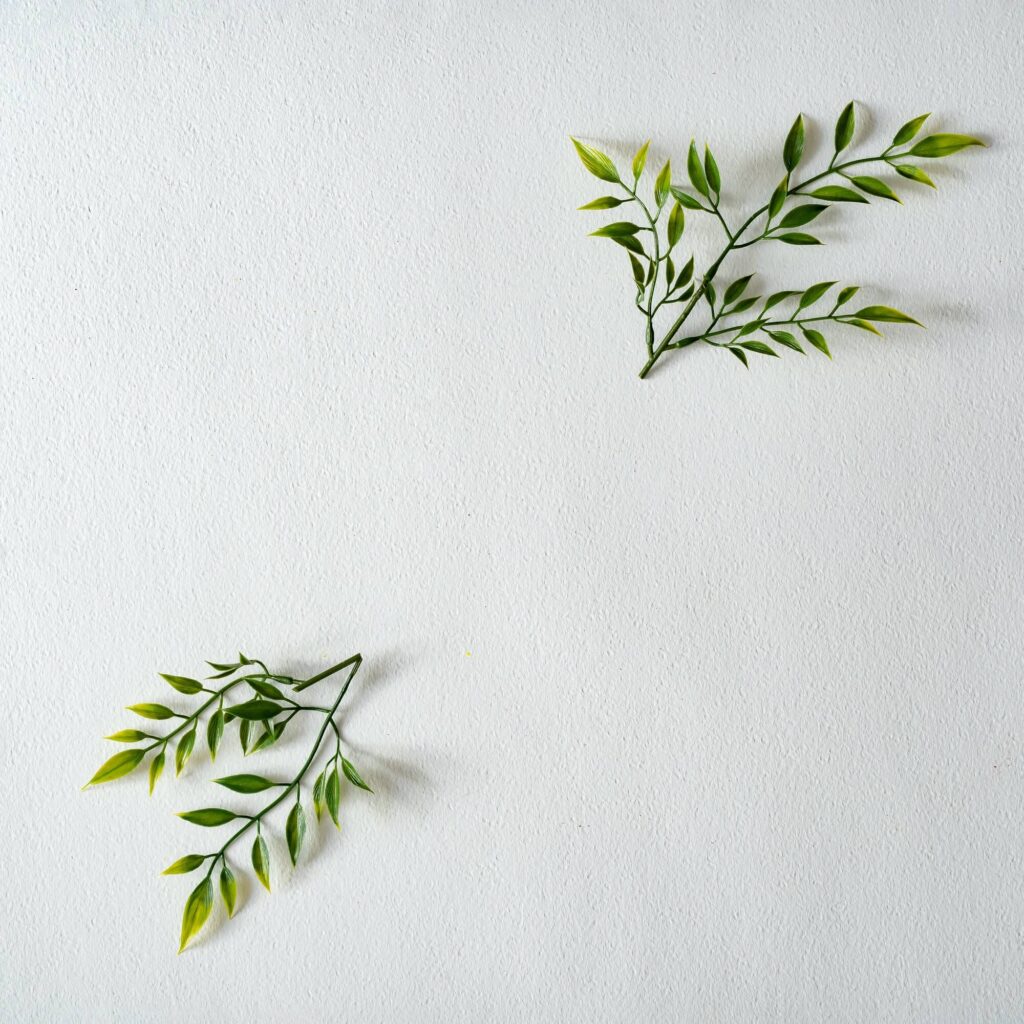Today we can get a strong mortise and tenon joint by gluing and clamping it together. Our modern day glue and crushing strength of today’s clamp will see to that. But centuries ago they don’t have those luxuries. They used an ancient method called drawboring.
At first glance it looks as if the joint is just drilled with a peg though it. Well, that is partially correct. The unique thing about drawboring is it actually sucks the joint together. Is it magic? No, it’s a simple procedure of offsetting the holes in the mortise and on the tenon. Here’s how I do mine.

I reinsert the tenon back into the mortise and using a brad point drill bit, I lightly tap the bit to make an indentation on the tenon. With tenon removed again, you can see the marks from the drill bit. Now, using an awl, I’ll make a mark just slightly closer to the shoulder. That awl mark is where I need to drill. NOTE- Make sure you are marking closer to the shoulder. If you go the opposite way, you will push the tenon away instead of pulling it closer.
Drilling on my new marks, I make the ½” holes and also chamfer the holes to help make the ease of the peg going through. I will shave a little of the pegs themselves to help with the guiding and aligning.
Even though the tenon fits good in the mortise. And the peg will draw it in tight. I still will apply glue to both the tenon and the mortise. If you note from the picture, you can see that the hole is just slightly offset.
With a little glue on the pegs I drive them in with a mallet. I want my pegs to be long enough that the small tapper I put on the pegs goes through and out the back side. Now I can cut them and sand them flush.
I can now be rest assured that those table legs won’t ever get wobble or loose. Unlike my legs which i keep loose for DANCIN! Oh Yeahhhhhhh!!!!







